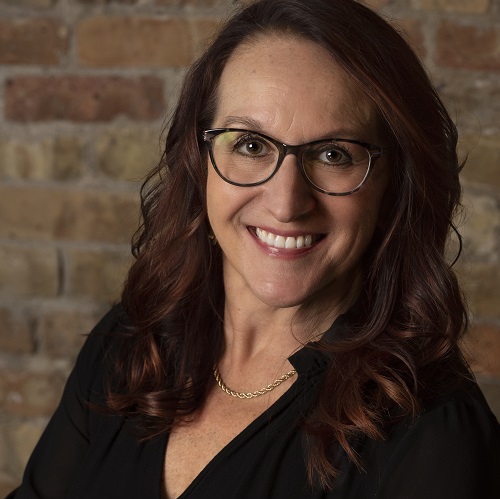One of the most remarkable things about the resurrection accounts in the Gospels is the lack of description of the event itself.
The Gospels leave the mystery, wonderment, and awesomeness of the resurrection alone. Perhaps that is why the Gospel of Mark does not include the resurrection appearances at the conclusion of his Gospel, and simply ends with “they said nothing to anyone for they were afraid.” Of course, just how could one describe or explain the resurrection? What the Gospel writers do instead is to situate the narrative, and thereby place the readers, in the aftermath. The resurrection has already taken place. Maybe Mark was right. Maybe we should be afraid, because now what? Now what for the disciples? Now what for Jesus? Now what for us?
The Gospel readings for the six Sundays after Easter are taken from the Gospel of John with the exception of the walk to Emmaus story in Luke (24:13-35). Each pericope in its own way provides an answer to this question, now what? Now what will you do, Thomas? Will you move from unbelieving (NOT “doubt”) to believing? Now what will you know, disciples of Jesus, on your journey away from Jerusalem? Will you realize that the same Jesus who broke bread with you is the same Jesus who in his death and resurrection fulfills your hopes for Israel? And in John 10, a new disciple of Jesus is also asked the question, now what? The blind man, now a sheep in Jesus’ fold, having heard Jesus’ voice, having been found by Jesus, now has pasture and abundant life, and responds, “Lord, I believe,” and worships Jesus (John 9:38).
The texts for the Sundays after Easter also consider the question, now what for Jesus? In John 14:1-21, which is unfortunately split into two separate readings by the lectionary, Jesus addresses this very question for his disciples. “Now what” for Jesus means that Jesus must go back to the Father (14:1-14). “Now what” for Jesus means that the Paraclete, the Comforter, the Advocate, the Counselor, will come to continue the work of Jesus, the presence of Jesus, the incarnation of God, into eternity. “Now what” for Jesus means that he will return to the glory of his beginning (17:1-11), for “in the beginning was the Word, and the Word was with God, and the Word was God.” (1:1).
Preaching during Easter may call attention to how we might answer the question, now what? Now what, when we are in the presence of the risen Christ? But also, now what, when we realize that the presence of the risen Christ necessitates his absence? Now what will it take to recognize the resurrected Christ? Now what will it mean to live on in his absence? The subtext behind these readings from John highlights the very real theological claim that Jesus’ resurrection also means his ascension, and therefore, his absence. For the Fourth Evangelist, the crucifixion, the resurrection, and the ascension are all one event–the end of the incarnation of the Word. For, just as the Word was in the beginning with God, the Word must return to God, from whom he was sent.
We tend to focus our preaching of the resurrection on the sure and certain hope of our future with God because of the death and resurrection of Jesus. But Jesus as the Word reminds us, “I am the resurrection and the life” (11:25). It is because of Jesus’ life as the Word made flesh that we have life, ongoing life with Jesus, now and in the future. We are in his presence, even in his absence, when we hear his word. We are in his presence, even in his absence, when we recognize him as the bread of life (Luke 24:31). We are in his presence, even in his absence, when we do the works which he does (John 14:12).
In her book, Compelling Knowledge: A Feminist Proposal for an Epistemology of the Cross, Mary Solberg writes that revelation “is not propositional, but rather the disclosure of a presence: God’s.”1 We might paraphrase this thought by suggesting that resurrection is not a doctrine, not a comforting proposition, not even a convenient exposition of what happens after our own deaths, but rather is being in the ongoing presence of God. I prepare abiding places for you, says Jesus. I will not leave you orphaned, says Jesus. God sends another helper, says Jesus, called alongside of you. I am the door, says Jesus, who secures your safety in the fold, who gives you pasture, who is the way of abundant life. Now what? We might ask. We have abundant life in the presence and present of “My Lord and my God!” (John 20:28).
1Mary M. Solberg, Compelling Knowledge: A Feminist Proposal for an Epistemology of the Cross (Albany, NY: State University of New York Press), 103.

